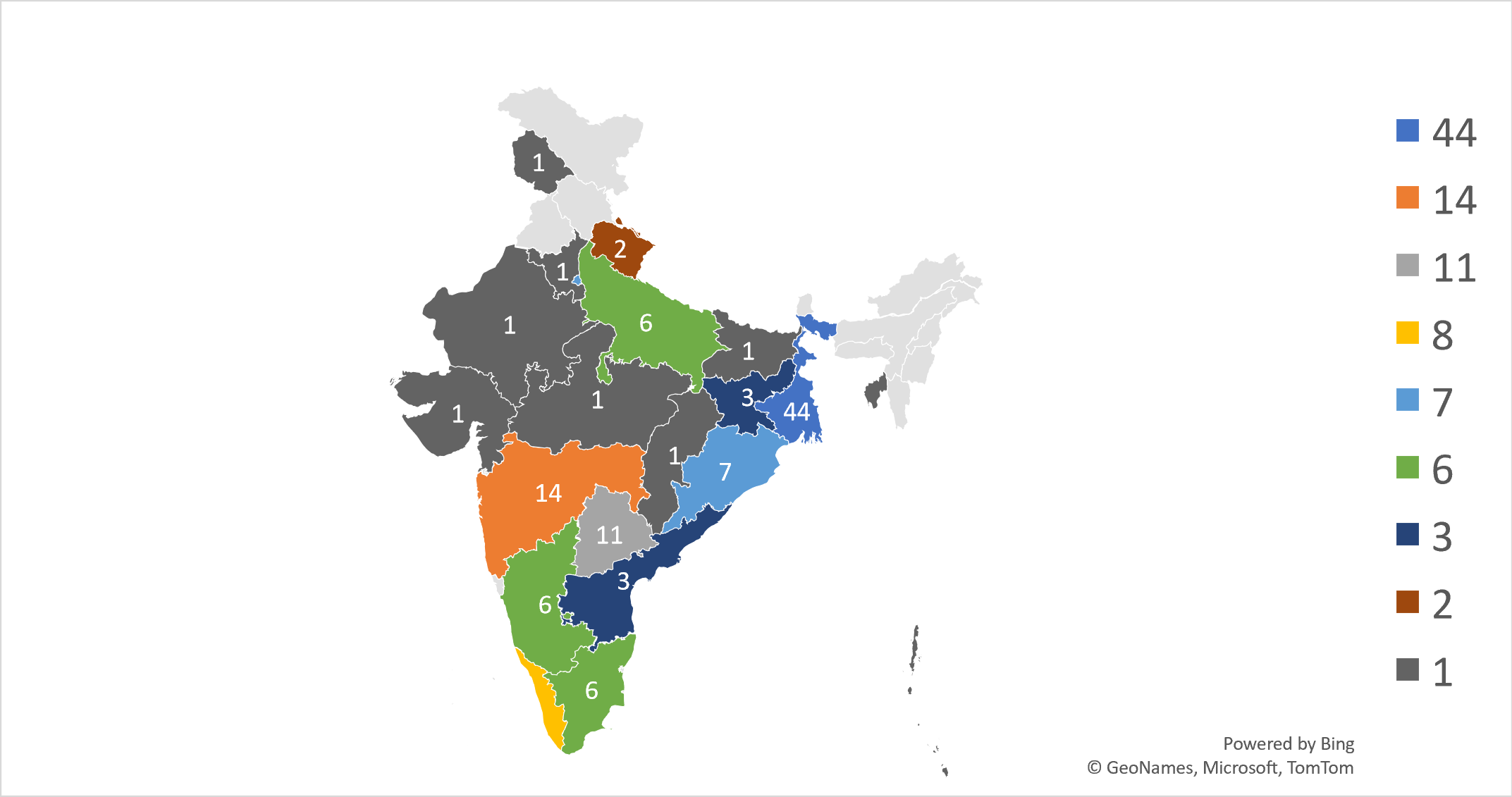
Preliminary Discussion: Focus Group Discussion: To gain a preliminary understanding of underemployment, a focus group discussion was conducted as the first step of this study. The primary objective was to explore the context of underemployment among women and assess whether it had an impact on their mental well- being. The responses of the Focus Group were mixed. Some participants reported that being in less demanding roles allowed them to spend more time with their families, which contributed positively to their overall well-being. In contrast, others highlighted the negative psychological impact of underemployment, describing how it diminished their self-confidence, sense of purpose, and overall well-being. These insights were then used to create the Humble Well-Being Survey, which aimed to quantitatively assess the impact of underemployment on women's mental well-being across a broader sample.
Development of the Humble Well-Being Survey: The survey targeted women aged 18 to 65, encompassing the working-age population. Both employed and unemployed responses were taken. Students and the Retired were not included in the sample size. The Survey included demographical questions (age, marital status, household income, children, place of residence, highest educational level, field of education, status of employment and job position if employed), questions related to underemployment and questions related to well-being.
Data Collection: The Humble Well-Being Survey was disseminated through a Google Form link across social media platforms, including Facebook, LinkedIn, and WhatsApp. The survey remained open for approximately one month, during which 198 responses were collected from participants across 21 Indian states. Of these, 72 responses—comprising students, retired individuals, and men who had inadvertently completed the survey—were excluded to align with the study's target demographic. This resulted in a final sample size of 126 valid responses.
Data Analysis: The data was organized using Microsoft Excel, and analyses were conducted employing standard statistical tools. The primary advanced statistical method utilized was Principal Component Analysis (PCA), which serves as an abstract tool for evaluating the construct validity of questionnaires, surveys, or responses. To perform PCA, the open-source software “Past” was employed. This analysis was carried out for certain validations.
